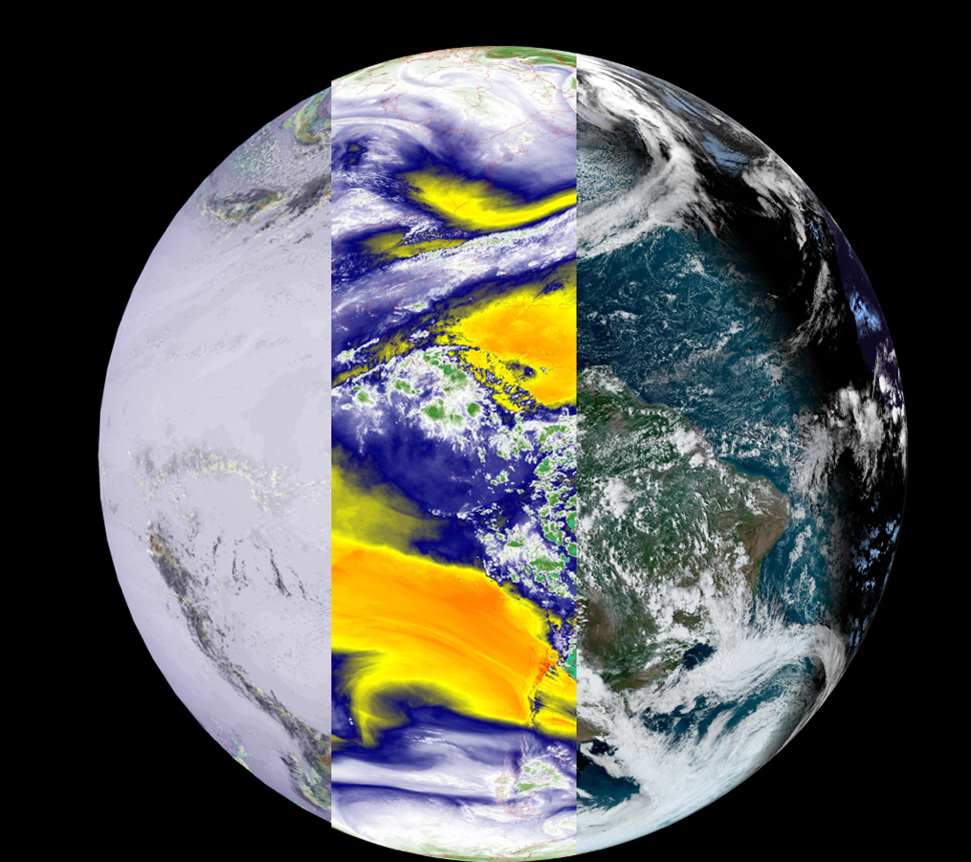
Climate research in the department covers a broad range of topics using both modeling and experimental approaches. Clouds and aerosols are the largest source of uncertainty in both climate feedback and forcing. The effects of aerosols (e.g., mineral dust, wildfire aerosols, pollution aerosols) on clouds and the hydrological cycle as well as what we can learn about the Earth's climate system are investigated using remote sensing (Saito) and Earth system models (ESMs) (McCoy). Faculty in the department are collaborating with modeling centers to develop the next generation of ESMs that will help us predict future environmental state. A focus of departmental ESM development activities is leveraging machine learning technique and observations to develop new, robust ESMs (McCoy, Caulton). After carbon dioxide, methane and absorbing aerosol, which are both being observed using state-of-the-art observation platforms, are the two species with the largest positive radiative forcing and understanding their sources is critical to quantifying the anthropogenic influence on climate (Murphy and Caulton). Currently, UW is working to quantify emissions from oil and gas extraction, wildfires, and other major sources. Regional climate modeling focused on orographic precipitation and snowpack dynamics is utilized to improve observational estimates of precipitation and snowpack and in order to estimate changes to these variables in a changing global climate as part of the WyACT initiative (Geerts, Rahimi).
Meanwhile, latest-generation ESMs are too limited in terms of their spatial resolution to effectively capture future climatic shifts on scales which infrastructure and adaptation planning decisions are regularly made. ESM projections can be dynamically downscaled to provide such high-resolution information (Rahimi, Geerts). This process must be applied with care however to avoid aggravating the longstanding ‘garbage in, garbage out’ problem, requiring a close examination of ESM quality, considerations of bias correction, and assessments of regional climate model testing (Rahimi). Additionally, to properly account for climate uncertainties associated with ESM choice, natural climate variability, and emissions scenario, large ensembles of ESMs must be downscaled to provide statistical robustness when considering the impact of global and regional warming on incredibly rare meteorological events. Expanding dynamically downscaled projections using artificial intelligence is also being researched (Rahimi).

